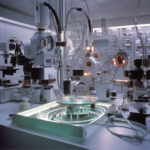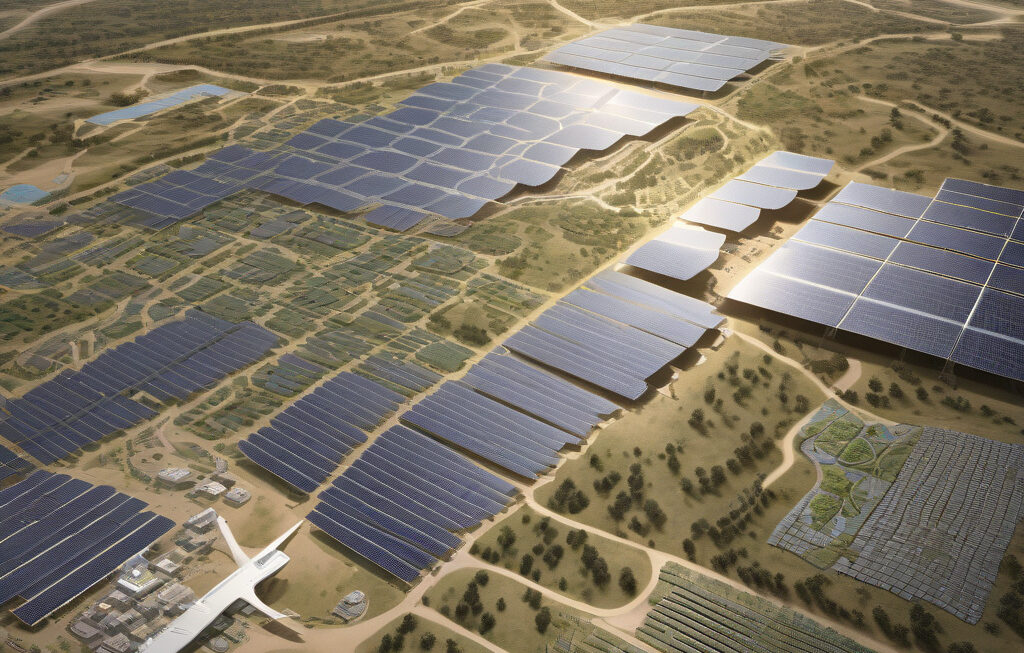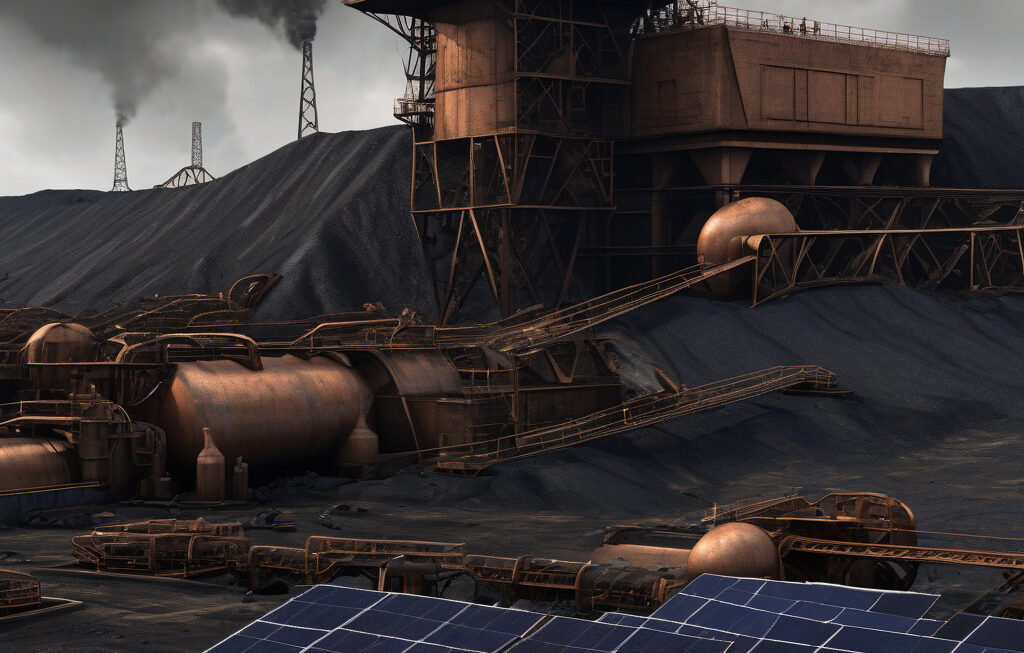A Breakthrough in Solar Technology: New Perovskite Solar Cell Maintains 85% Efficiency Over 1,000 Hours at 185°F
Scientists have developed a new type of perovskite solar cell (PSC) that can withstand high temperatures, showcasing remarkable durability and efficiency in the realm of renewable energy. This innovative technology marks a significant milestone in the solar industry, offering a promising solution for sustainable power generation.
Perovskite solar cells have gained considerable attention in recent years due to their high efficiency and cost-effectiveness compared to traditional silicon-based solar cells. However, one of the main challenges facing PSCs has been their stability under harsh operating conditions, particularly at elevated temperatures. The new PSC, engineered by a team of researchers, has demonstrated exceptional resilience by retaining 85% efficiency after continuous operation for 1,000 hours at 185°F.
This breakthrough is a game-changer for the solar energy sector, as it addresses a critical limitation of perovskite solar cells and paves the way for their widespread adoption. With the ability to maintain high performance levels under extreme heat conditions, these advanced PSCs offer a reliable and efficient energy solution for various applications.
The key to the durability of the new perovskite solar cell lies in its unique composition and structural design. By carefully selecting materials and optimizing the device architecture, the researchers were able to enhance the cell’s thermal stability and performance. This scientific achievement represents a significant step forward in the development of next-generation solar technologies.
Moreover, the implications of this breakthrough extend beyond the realm of renewable energy. The successful demonstration of a high-temperature-resistant perovskite solar cell opens up new possibilities for integrating solar power systems into diverse environments, including hot climates and industrial settings. This technology could revolutionize the way we harness solar energy and accelerate the transition to a more sustainable future.
In addition to its impressive durability, the new PSC also boasts competitive efficiency levels, further consolidating its position as a frontrunner in the field of photovoltaics. With ongoing advancements in perovskite solar cell research, the potential for achieving even higher efficiencies and improved performance is within reach, driving continuous innovation in the solar energy sector.
As we witness the evolution of solar technology, it is evident that breakthroughs like the high-temperature-resistant perovskite solar cell are shaping the future of renewable energy. By pushing the boundaries of efficiency, durability, and sustainability, researchers and scientists are accelerating the transition towards a cleaner and greener energy landscape.
The development of a perovskite solar cell that maintains 85% efficiency over 1,000 hours at 185°F represents a significant milestone in the quest for efficient and reliable renewable energy sources. With this groundbreaking technology paving the way for enhanced solar power systems, the potential for widespread adoption of PSCs in various applications is closer than ever before.
In conclusion, the successful demonstration of a high-temperature-resistant perovskite solar cell underscores the immense potential of this innovative technology to drive the next phase of solar energy evolution. By combining efficiency, durability, and performance, these advanced PSCs are setting new standards for sustainable power generation and reshaping the future of renewable energy.
solar, technology, perovskite, efficiency, renewable energy









